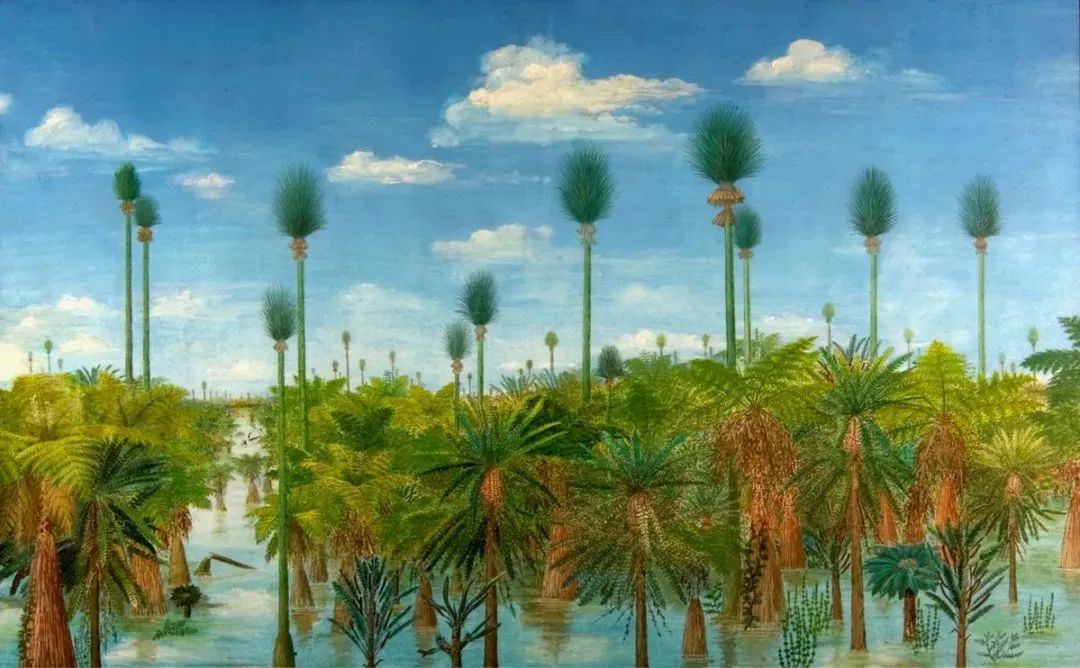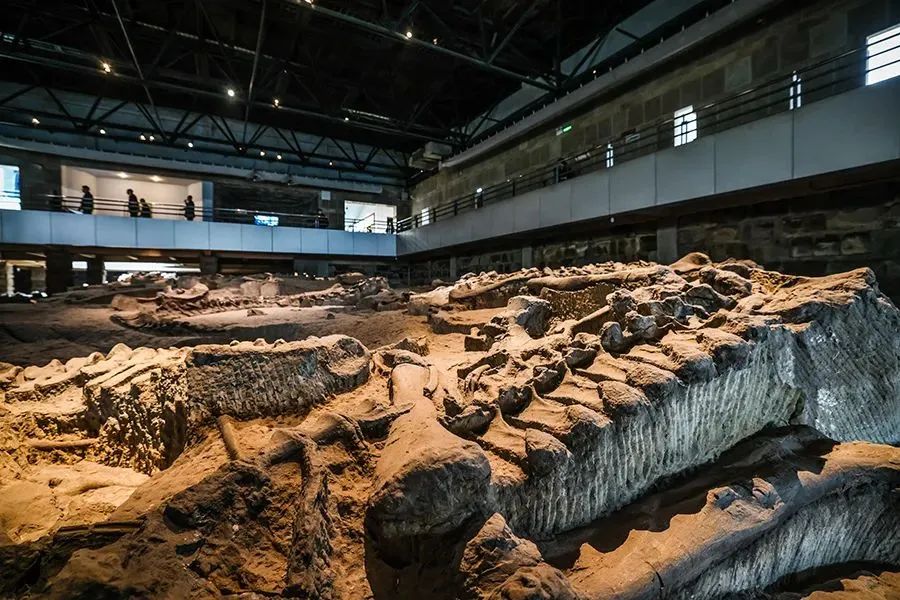Three locations in China have recently been designated and included in the list of "The Second 100 IUGS Geological Heritage Sites" by the International Union of Geological Sciences, the Chinese Academy of Science said on Tuesday.
During the 37th International Geological Congress held on Aug 27 in Busan, Republic of Korea, Guilin Karst in Guangxi Zhuang autonomous region, the Permian Vegetation of the Wuda Fossil Site in Inner Mongolia autonomous region, and the Dashanpu Middle Jurassic Dinosaur Fossils Site in Sichuan province were included in this prestigious list.

Guilin Karst in Guangxi Zhuang autonomous region

Permian Vegetation of the Wuda Fossil Site in Inner Mongolia autonomous region

Dashanpu Middle Jurassic Dinosaur Fossils Site in Sichuan province
According to the IUGS, a Geological Heritage Site is a significant location with exceptional geological features or processes of utmost scientific importance. These sites serve as global references and have made substantial contributions to the advancement of geological sciences throughout history.
Being included in this list signifies that these locations possess the highest research value and scientific level in the field of geology internationally. Furthermore, their current preservation status has garnered high recognition from the international community, as stated by the Nanjing Institute of Geology and Paleontology, Chinese Academy of Sciences.
The first list of IUGS Geological Heritage Sites was disclosed in Spain in 2022, with China securing seven geological heritage sites, making it one of the countries with the highest number of sites selected in this round.
Among these sites are the Ordovician rocks of Qomolangma — also known as Mount Everest — in Xizang autonomous region, the Early Cretaceous Rhyolitic Columnar Rock Formation of Hong Kong, and Shilin Karst in Yunnan province.
Editor Ⅰ: Zhang Wenwen
Editor Ⅱ: Wu Dan
Editor Ⅲ: Liu Guosong














